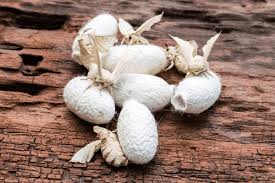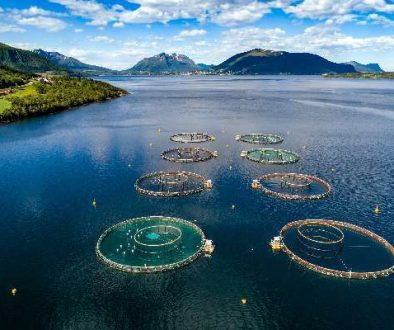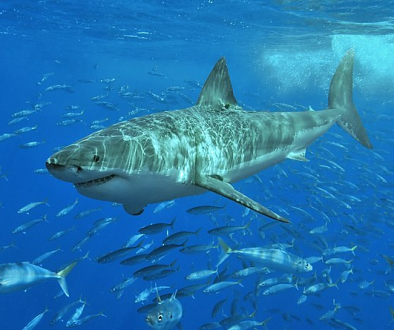The Hidden Cruelty of Silk: Rethinking Luxury in the Fashion Industry

Silk has long been regarded as the epitome of elegance—soft to the touch, luminous in appearance, and revered for its luxurious feel. But beneath its shimmering surface lies a darker reality that many consumers remain unaware of: the inherent cruelty involved in traditional silk production.
What Is Silk, Really?
Silk is a natural fiber produced by the Bombyx mori silkworm during the cocoon phase of its metamorphosis. The process of harvesting silk involves boiling or steaming the cocoons, killing the pupae inside before they can mature into moths. This method is used to preserve the long, continuous silk threads that give the fabric its signature strength and sheen.
To produce just one pound of silk, approximately 2,500 to 3,000 silkworms are killed. Annually, it’s estimated that billions of silkworms are used in the global silk industry, making it one of the most insect-exploitative sectors in fashion.
Why Is This Considered Cruel?
While insects may not evoke the same level of empathy as mammals, the ethical argument centers on life, autonomy, and unnecessary harm. Silkworms are intentionally killed during their transformation—a natural and vital process—for the sole purpose of maintaining fiber quality. Critics argue that this prioritizes aesthetics over life and highlights how luxury in fashion often comes at a moral cost.
Moreover, in modern conversations around sustainability and animal welfare, the treatment of even the smallest life forms is increasingly scrutinized. The growing vegan and cruelty-free movements challenge industries to rethink traditional practices, including those that were once unquestioned.
Alternatives to Conventional Silk
Thankfully, innovation in textiles is paving the way for ethical alternatives that mimic the texture and quality of silk without the cruelty:
-
Peace Silk (Ahimsa Silk): Produced by allowing the moth to naturally emerge from the cocoon, though it results in shorter fibers and a coarser texture. While more humane, it is still debated whether it truly avoids exploitation.
-
Plant-Based Silks: Materials like orange fiber, banana silk, lotus silk, and bamboo viscose are gaining traction as sustainable and ethical replacements.
-
Synthetic Silks: Brands are experimenting with bioengineered spider silk and other lab-grown fibers that emulate the feel and durability of real silk without any animal involvement.
The Fashion Industry’s Responsibility
As consumers grow more conscious of what their clothes represent, the pressure is on fashion houses and textile manufacturers to reassess their sourcing practices. Transparency, sustainability, and cruelty-free commitments are becoming the new standard of luxury.
Educating consumers on where fabrics come from—and at what cost—empowers them to make informed choices that align with their values. True elegance, after all, shouldn’t come at the expense of life.
In conclusion, silk may symbolize sophistication, but its origins tell a story that is anything but beautiful. With ethical alternatives available, the fashion industry has both the opportunity and the obligation to evolve toward more compassionate practices.
Elaborado por Fundación Animal Ladyhawk



